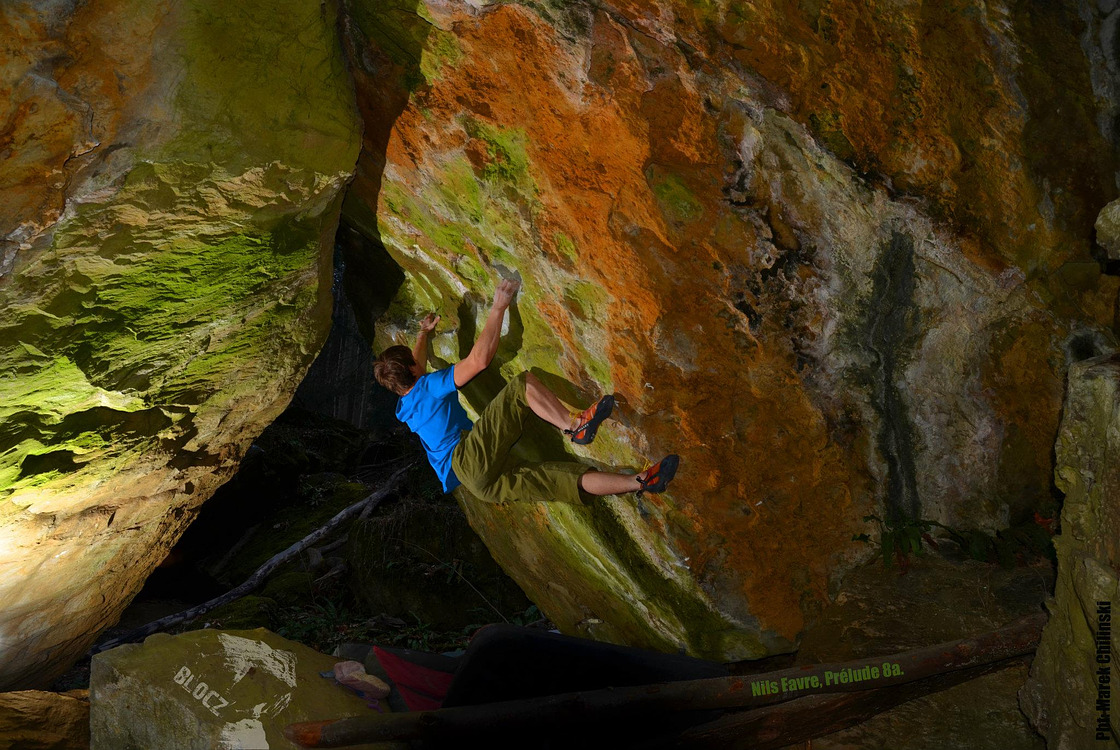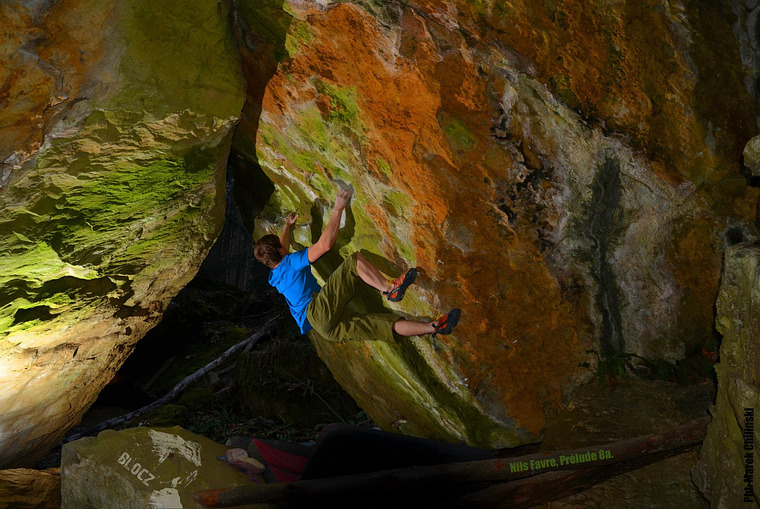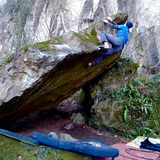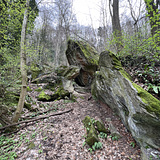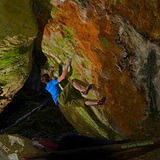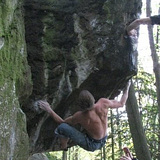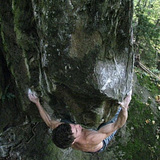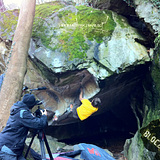Massongex is a hidden gem of climbing in Switzerland. Located in the heart of the Rhone Valley, this place offers a multitude of boulders of all shapes and sizes in a beautiful green forest.
With over 100 problems of all levels, you're sure to find something that suits your level. Many of the landings are flat, and the approach to the boulders is only a short 10-minute walk, making it easy for climbers to move around and set up. Additionally, Massongex is a great destination for families with kids as the area is flat and there isn't dangerous cliffs.
Although the forest can sometimes be damp after heavy rain, the majority of the boulders are climbable. It's important to note that some of the boulders described in this guidebook may require cleaning before climbing. Massongex was a really popular climbing destination in the year 2000, but now the moss grew up again on the less popular boulders. But most of the line are ready to be climbed!
In the summer, it can get quite hot, but if you plan your visit at the right time of day, you can enjoy perfect conditions. Similarly, winter can be an ideal time to climb if you're willing to brave slightly more humid conditions.
It's important to watch out for ticks, which can be present throughout the plains. But with a little caution, you can avoid these little critters and fully enjoy your climbing experience in Massongex.
In terms of rock, Massongex offers a unique mix of limestone and sandstone. This creates a variety of holds and climbing styles that are simply stunning. If you're looking for a place to improve your climbing skills while immersing yourself in the natural beauty of the area, then Massongex is the perfect spot for you.
